Hospital For Special Surgery, Spine Surgeons
You’ve likely experienced back pain at some point in your life. However, if you are experiencing severe discomfort or limitations due to a spinal ailment, it may be time for you to see an orthopedic spine surgeon. Spine injuries can cause degeneration over time, especially as we age or put added strain on our backs from exercise or sitting with poor posture at a desk all day. If you need an hospital for special surgery, spine surgeons, Han Jo Kim MD is the doctor for you.
Spinal issues can be complex and affect a patient’s life in intricate and impactful ways. Han Jo Kim, MD, understands the level of delicacy and importance that accompanies spinal ailments and deformities. After you’ve received an evaluation of your condition and needs, we can best decide which of our many services are the most appropriate and beneficial to your condition. At the office of Han Jo Kim, MD, we specialize in the treatment of spinal issues and make it a priority that our patients receive individualized and appropriate care to guide them toward full recovery.
What is A Special Surgery, Spine Surgeons ?
Orthopedic Surgeons focus on assessing and treating ailments or injuries in the musculoskeletal system of the body. They have a specialized understanding of the muscles, joints, bones, and ligaments that work together in the body. What separates an orthopedic spine doctor from other orthopedic specialists is their concentration on the cervical, thoracic, and lumbar spinal anatomy. Spinal Orthopedics spend their time focusing on diagnosing and treating people with spine-specific disorders or injuries.
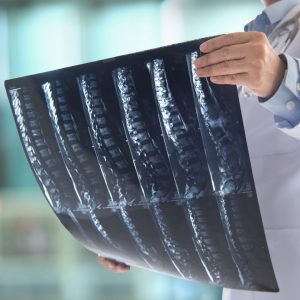
Common Spine-Related Injuries
- Herniated Discs
- Scoliosis
- Spinal Compression
- Vertebral Fractures
- Neck Pains
- Degenerative Disc Diseases
- Sciatica
- Spinal Tumors
When Should You See A Special Surgery, Spine Surgeons ?
The spine is a delicate structure of the human body. Therefore injuries to this region can have lasting and life-altering effects. Many people suffer from back pain, but at one point, is it necessary for you to see an orthopedic spine surgeon? Most notably, if your pain experience becomes repetitive, it may be time to see an hospital for special surgery, spine surgeons. The symptoms of spinal injuries can vary, and sometimes the pain or discomfort might not even be in the spinal region. This can sometimes be deceiving when patients try to self-diagnose their injuries or conditions. Only a spinal surgeon will understand the source of the pain and give you an accurate diagnosis. This is why it is important to seek out an orthopedic spine surgeon in New York if you are experiencing recurring symptoms and want to get to the bottom of your pain/ discomfort.
Common Causes of Injuries to the Spine
A greater level of trauma typically causes injuries to the spine that are more severe to the area. The list below indicates some traumatic injuries that commonly cause spinal injuries and may require a hospital for special surgery or spine surgeons.
- Trips/ Falls
- Car Accident
- Sports-Related Injuries
- Diving Accidents
- Trampoline Accidents
- Act of Violence (Gunshot, Stab Wound)
- Infections
- Birth Injuries
- Degeneration due to aging
- Poor posture
Symptoms of Spinal Disorders
Given all this information regarding spinal conditions, disorders, and injuries, it can be not very clear to know when to seek out a professional or not. It is always best practice to seek out a doctor if you are unsure of your condition or if your symptoms persist or get worse. Below are some common symptoms of spinal disorders to give you an idea of what to look out for when determining if you have a serious spinal condition or not.
- Abnormal Rounding in the Back or Shoulders
- Tingling in the Extremities
- Nausea
- Uneven appearance, One hip or shoulder being higher than the other
- Tightness, Stiffness
Contact Our Hospital for Special Surgery, Spine Surgeons
Spinal conditions can have a wide variety of causes and symptoms, some more apparent than others. Suppose you or a loved one is experiencing symptoms of what may potentially be a spinal condition or injury. In that case, you must seek out an hospital for special surgery, spine surgeons for a professional opinion. Spine injuries do not need to hold you back, and very often, orthopedic spine surgeons can help patients regain their independence and quality of life after their diagnosis and services. Han Jo Kim, MD, is a trusted professional in this field. Han Jo Kim, MD, specializes in cervical spine surgery, scoliosis surgery, spinal deformity surgery, and others! If you are looking for a trusted orthopedic spine surgeon, contact Han Jo Kim, MD. Visit our hospital for special surgery, spine surgeons today!
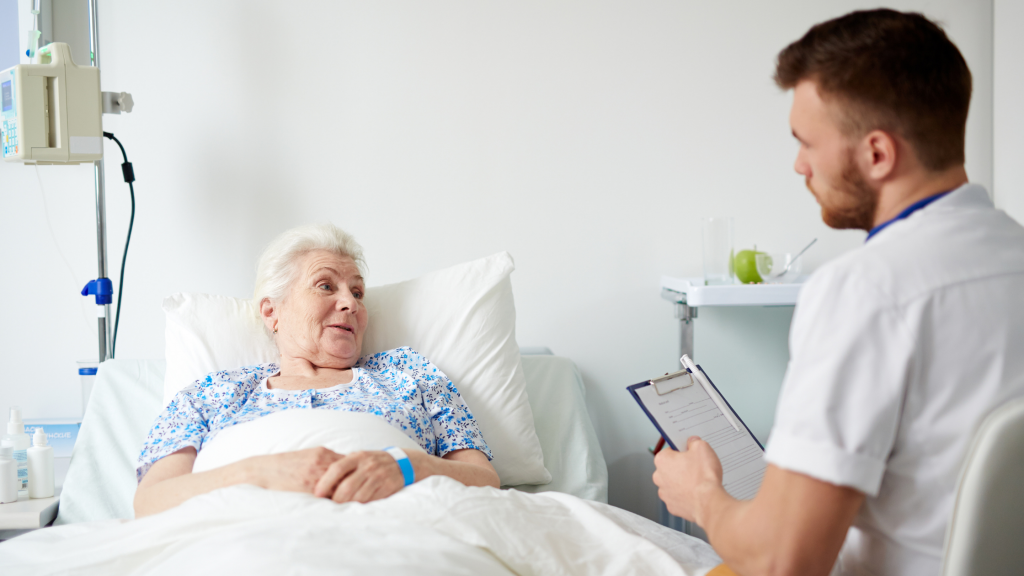
Before you receive spine surgery from hospital for special surgery, spine surgeons, it’s crucial to understand the recovery process to prepare yourself. Making changes in your daily life in advance can help ensure a faster recovery. At the office of Dr. Han Jo Kim, MD, we would like to explain what you should expect after spine surgery and give some tips to make spine surgery recovery easier.
How Long Does it Take to Recover?
Depending on the type of spine surgery you are going to have, the recovery time can vary. For example, a laminectomy or discectomy can take around 12 weeks to heal. A spinal fusion, however, can take six months to a year to fully recover. No matter which kind of surgery you will have, the recovery steps are generally the same.
Preparing for the Surgery
Before you undergo spine surgery, take some time to prepare your home for the recovery ahead. Your hospital for special surgery, spine surgeons will have a list of activities to avoid, so make sure you prepare for them ahead of time. Here are some tips to help make your recovery less stressful:
- Keep everyday items easily accessible – bending and reaching are huge “don’t”s after spine surgery. Make sure your most used items are accessible to you without having to strain your back.
- Ask for help with chores – You won’t be able to do heavy housework after your surgery. Don’t be afraid to ask loved ones around you for assistance with helping you with cleaning or laundry while you recover.
- Plan your meals – Standing in the kitchen to make a meal will be difficult after surgery. To avoid that, prepare and freeze meals ahead of time to reheat later. You could also stock up on easy-to-make microwavable meals.
- Buy some handy equipment – Some items may make your recovery more comfortable. Some examples include a grabber device to avoid bending, a shower seat, and a toilet riser.
What to Expect After Spine Surgery
Immediately after waking up, you may feel pain and drowsiness. Your hospital for special surgery, spine surgeons will administer pain medication to manage the initial pain you’ll feel after surgery. Your doctor may administer oxygen to help you breathe and request blood tests to ensure that your levels are normal.
Movement is an integral part of recovery. That’s why your hospital for special surgery, spine surgeons will want you to start moving around as soon as you can. A physical therapist will help you sit, stand, walk and teach you how to perform everyday activities without putting stress on your back. You’ll be able to leave the hospital once you reach these benchmarks:
- Oral pain medication can keep your pain under control
- You can get out of bed and move without assistance
- You can empty your bladder
- There are no signs of infection at the incision site
Recovering at Home
As you begin your recovery at home, there are some key restrictions that you need to follow:
- No bending your back
- No lifting anything heavier than a gallon of milk
- No twisting
- No driving. Car rides should be limited as well.
Keeping those restrictions in mind, avoiding chores that involve bending or lifting is essential.
As you continue to recover, make sure you keep an eye out for these possible symptoms of an infection. If you notice any of the following, call you hospital for special surgery, spine surgeons right away:
- Fever
- Expanding redness at the incision site
- Increasing back pain
- A change in the amount, odor, or appearance of drainage
You should keep the spine straight while recovering, even when you have to sit down or get into bed. By using the log-roll technique, you can get into and out of bed without twisting your spine. Here’s how to do the log-roll technique:
- Sit on the edge of the bed.
- Lie down on your side while bringing your knees up. Your knees should be bent.
- Roll onto your back.
As you gain more strength and recover, you will slowly be allowed to do more activities, such as light chores and walking. Walking can help increase healing by strengthening the muscles supporting the spine. Outpatient physical therapy can help you build up strength.
How Hospital For Special Surgery, Spine Surgeons Can Help
Spine surgery recovery may seem frightening, but if you’re in pain, spine surgery is worth it! Dr. Han Jo Kim, MD, can give you the care you need so you can get back to doing what you love without pain! Visit our website to learn more about us and to request an appointment!
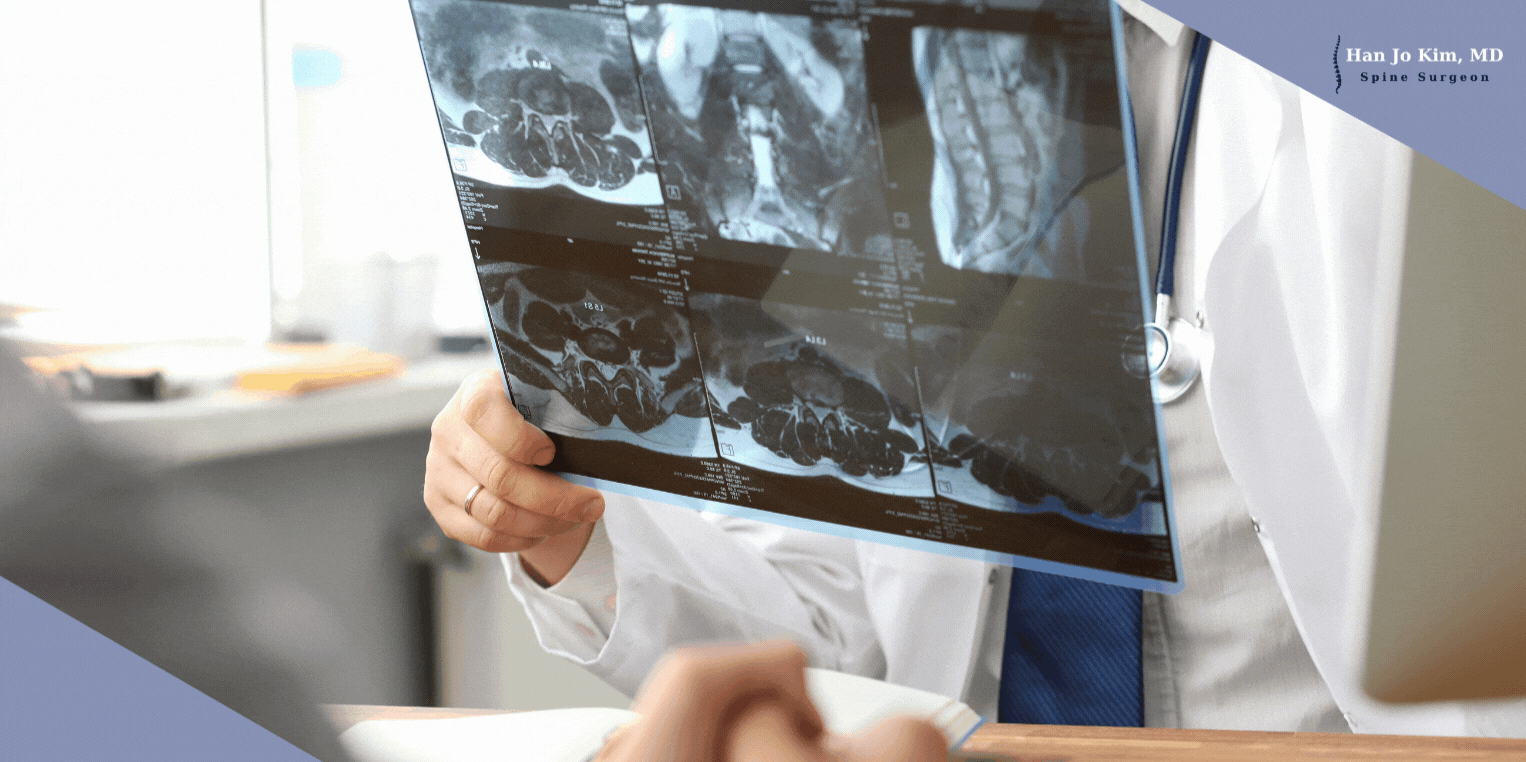
Our spines are the backbones of our body and in the literal sense too! The spine gives our body structure, support, and mobility to carry throughout the days in our daily lives. It is very important to make sure our spines are in place and stress-free. We need our spines to serve messages throughout the body and for structural support. Dr. Han Jo Kim, an exceptional hospital for special surgery, spine surgeons is your go-to provider. His primary objective is always to help and provide patients with the best care, treatment plan, and recovery journey! Contact us for a consultation today and be on the road to a better, painless you!
How Does the Spine Work?
The spine is our body’s support structure that keeps us upright. It connects the different parts of our skeletal system such as our head, chest, pelvis, shoulders, arms, and legs. The spine consists of a chain of bones but has flexibility due to elastic ligaments and spinal discs.
What is Spinal Deformity?
Spinal deformity occurs when the spinal alignment and curvature are altered in many ways. These can occur due to:
- Birth Defect
- Child’s Growth
- Aging
- Injury
- Previous Spine Surgery
But the most common form of spinal deformity is degenerative scoliosis, which is the side-to-side curvature of that spine that can develop in adults when facet joints and discs begin to deteriorate.
The 101 on Scoliosis
Scoliosis is a condition with an abnormal curvature of the spine. That means the spine is curved from side to side or in an “S” or “C” shape. The top two causes are pinpointed as neurological abnormalities and genetic conditions.
Common Types:
Research has broken down scoliosis into a few different categories. The most common seen are:
- Idiopathic – used to describe the cases that have no definite cause
- Congenital – used to describe spinal deformities are apparent at birth
- Neurological – used to describe when nerve abnormalities affect muscles in the spine
- Structural – used to describe that the spinal curve is caused by a disease, injury, or birth defect and that it is permanent
- Nonstructural- used to describe that the spinal curve is temporary and that it can be fixed
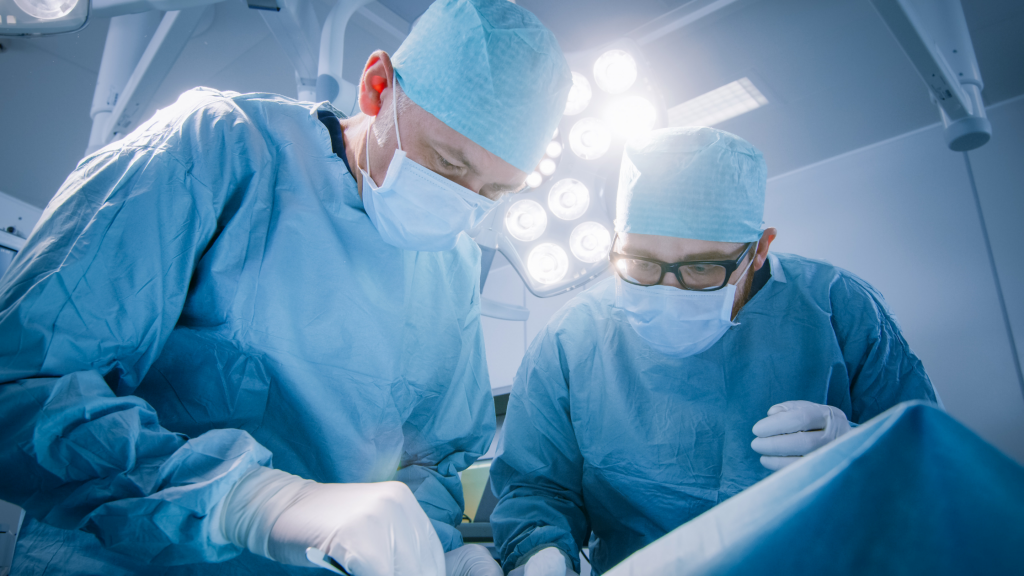
Causes:
Research shows that the causes often cannot be fully determined but common factors noted by our hospital for special surgery, spine surgeons are:
- Cerebral palsy
- Muscular dystrophy
- Birth defects
- Spinal injuries or infections
- Past family history
Treatment Options for Scoliosis
Treatment plans are determined by several factors such:
- Your age
- Amount & type of curvature
- The type of scoliosis
Treatment options include:
- Selfcare – Using correct posture and keeping the spine aligned
- Physical Therapy– Exercising and conditioning are key elements for life- long health
- Medication– Help cope with pain and swelling
- Bracing– This method does not strengthen the spine but can prevent the curve from increasing
- Chiropractic Care– Applied pressure to an area to align bones and return joints to a more normal motion
- Surgery – This method is for people whose curvature is interrupting daily life
- Spinal surgery is an extremely risky process is can include: excessive bleeding, failure to heal, infection, pain, and nerve damage
- It is recommended to those in severe need
What is Spinal Deformity Surgery?
Spinal deformation medical procedure is expanding in current spine medical procedure practice. As the normal future expands and the populace maturing advances, the number of patients requiring spinal disfigurement medical procedures will keep on expanding. The predominance of spinal deformation was accounted for to be more than 65% in the populace more established than 60 years. Spinal distortion causes agony and inability. Patients having spinal distortion experience chronic weakness-related personal satisfaction.
How Can Our Hospital For Special Surgery, Spine Surgeons Help?
The drawn-out standpoint for scoliosis relies upon how extreme the shape is. For gentle to direct cases, the condition will not meddle with regular exercises and capacities. People with serious types of scoliosis may have actual constraints. Dr. Han Jo Kim, an exceptional hospital for special surgery, spine surgeons is your go-to person. He has years of experience, knowledge, and expertise to provide you with the best course of action. His primary objective is always to help and provide patients with the best care, treatment plan, and recovery journey! Contact us for a consultation today and be on the road to a better, painless you!
Many people may not realize this, but scoliosis can worsen as you age. This is because the bones in your spine may slowly start to fuse as you get older. When this happens, it can limit the amount of movement you have in your spine, which can lead to a worsening of your scoliosis symptoms. If you have scoliosis and are getting older, it is crucial to be aware of this possibility and prevent it from happening. If you or anyone you know is struggling with spinal-related issues, please look no further than our hospital for special surgery, spine surgeons performed by our very own Dr. Han Jo Kim.
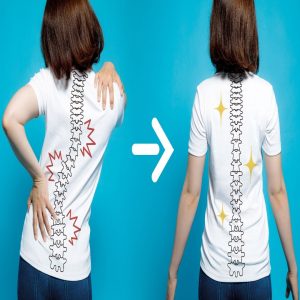
Hospital For Special Surgery, Spine Surgeons
At our hospital for special surgery, spine surgeons, we are well equipped to take on the toughest cases of scoliosis and other spinal-related impairments and diseases. Scoliosis is defined as a slight curve of the spine that can lead to poor posture, uneven shoulders, uneven waist, one hip elevated higher than the other, one side of the rib cage in a different position than the other, and other related issues. This disease affects about 3% of adolescents. Most cases are relatively mild and don’t require more than a few basic home exercises to combat it. However, even in mild cases, they need to be heavily monitored and dealt with properly, or else they will most likely evolve into a big problem later on in life. In some cases, if left untreated, scoliosis can lead to respiratory issues and permanent back problems in worst-case scenarios.
If your scoliosis reaches the point where you need spinal surgery, our hospital for special surgery, spine surgeons will gladly assist you. Dr. Han Jo Kim treats all spinal surgery types, including spinal fusion, spinal tethering, growing rod placements, or spinal osteotomies. Sometimes scoliosis can manifest itself after the patient is a grown adult and their spine is completely developed. This is what’s called “adult scoliosis.” Adult scoliosis isn’t necessarily an utterly life-altering illness like adolescents with impairment. Many cases do not require surgery; however, if any of the following symptoms occur or persist, you should reach out to us and talk about potential surgery. These symptoms include leg pain, tingling or numbness, loss of height, uneven alignment of the hips or pelvis, and constant back pain.
Types of Scoliosis Surgery
Our hospital for special surgery, spine surgeons specializes in all types of surgery for the disease. Dr. Han Jo Kim can perform three main types of scoliosis surgery. These include fusion, growing systems, and fusionless:
- Fusion Surgery involves fusing two or more vertebrae, thus stopping the spinal curve.
- Growing Systems – consist of anchoring surgical rods to the spine, which will prevent the spine from curving during growth. This surgery is specifically for the younger patients going through the illness.
- Fusionless Surgery – involves placing screws on the spines’ outer sides and pulling them with a chord to straighten the structure.
Managing Scoliosis
If you are already experiencing the symptoms of worsening scoliosis, there are a few things that you can do to help manage them. One thing you can do to help prevent the worsening of your scoliosis is to stay active. Exercise is a great way to keep your spine flexible and healthy, and it can help prevent the bones from fusing. You don’t need to spend hours in the gym every day – just a few minutes of exercise each day can make a big difference. Another thing that you can do is to maintain a healthy weight. Obesity is known to be a risk factor for worsening scoliosis, so it is important to keep your weight under control. Scoliosis can be difficult to live with, but it is important to remember that you are not alone. There are plenty of people who understand what you are going through, and there are plenty of resources available to help you manage. if you’re looking for hospital for special surgery, spine surgeons, look no further than our very own Dr. Han Jo Kim today!
Visit Our Special Surgery, Spine Surgeons Today!
If you are currently experiencing any of the back and spinal issues mentioned above or have any other questions about our other services, please go to our website at Dr. Han Jo Kim. If you have scoliosis and are getting older, it is important to be aware of this possibility and take steps to prevent it from happening. If you or anyone you know is struggling with spinal-related issues, please look no further than our hospital for special surgery, spine surgeons performed by our very own Dr. Han Jo Kim.
Your cervical spine is a delicate area. Normally, surgery is needed to repair it, such as a hospital for special surgery, spine surgeons like Dr. Han Jo Kim. However, the cervical spine can be strengthened to prevent this occurrence.
What Is The Cervical Spine?

The cervical spine is a large portion of the spine encompassing the neck. For those interested in anatomy, it is composed of C1 to C7 vertebrae. These vertebrae are separated from each other by intervertebral discs. These discs allow the spine to move freely and act as shock absorbers during employment, sports, or any activity.
On each vertebral body is a bone arch forming a hollow, continuous, longitudinal space. This space runs the entire length of the back. The name for this is the spinal canal, which is the area through which the spinal cord and nerve bundles pass. The spinal cord itself is suspended in cerebrospinal fluid and surrounded (protected) by three layers called the meninges: the dura, arachnoid, and pia mater. Breaking or tearing anything along the cervical spine can be horrible. An injury here can cause paralysis below the neck. This is currently incurable with modern medicine, so strengthening the area is the best bet.
Strengthening The Cervical Spine
Much of the neck is a muscle that loosely supports the cervical spine. Further, research on tennis players indicates that bones usually strengthen (enlargen and become denser) from exercise. Therefore, exercising is virtually a no-brainer. Exercising these areas might even relieve some neck pain, as improved posture eases stress on nerves.
One exercise anyone can do is called the “chin tuck .”Often used as an effective way to combat neck pain, the exercise helps strengthen muscles that pull the head back into alignment over the shoulders. It also stretches the scalene and suboccipital muscles. Performing this exercise is simple. It is important to perform this exercise when the neck and shoulder blades begin to hurt.
It is recommended that patients stand with their spine up against a door jamb and feet about three inches from the bottom of the door jamb. Then, keeping the spine against the door jamb, pull the upper back and head backward until your head touches the door jamb. It is important to remember to make sure that the chin is down, allowing the head to be pulled straight back and not looking up. Then, hold the head against the door jamb for five seconds. It is recommended that the patient repeats this ten times.
Han Jo Kim – The Best Hospital For Special Surgery, Spine Surgeons
The muscles in the front of the neck and upper back are usually weak for most people. Therefore, they are, by default, the muscles that need to be stretched and strengthened. However, they will get stronger eventually. Soon enough, once the patient is ready, the chin tuck exercise can be done without a door jamb. This means that they now have the option to do it standing or sitting.
Chin tucks should be done five to seven times a day. They are very easy to do and hence can be completed in an idling car or at a desk during work. Repeating this exercise will encourage good posture. If a patient has excessive forward head posture, they may not be able to pull their head back to the door jamb when first beginning. If this occurs, pull the head back as far as possible before feeling pain.
Some other exercises patients may try are any weightlifting that strengthens the neck or back and other stretches. One stretch, in particular, the “side bending” stretch, is also very simple to do. Just bend your ear toward your right shoulder while looking straight ahead. Then, hold that pose for twenty seconds and alternate. Similarly, the “rotation” stretch can also be used. It involves turning to look over your right shoulder, holding the pose, then switching sides. Using the hand to apply more pressure on the chin will help stretch farther.
Visit Han Jo Kim – At A Hospital For Special Surgery, Spine Surgeons
For some, surgery may be the best option if already injured. A hospital for special surgery, spine surgeons such as Dr. Han Jo Kim works wonders. Most patients receive cervical spine surgery when they have: neck pain, tingling, numbness, weakness, or suspected nerve damage. These issues usually result from disc problems, trauma, spine instability, or cervical deformities. Sometimes, the disc is removed, fused, or graphed. If those are not possible, a metal plate is used. The surgery is very safe.
Though the cervical spine may seem vulnerable to a lot, it can be strengthened. Try some of these exercises today to live a long and healthy life! However, if you’re already suffering, a hospital for special surgery, spine surgeons such as Dr. Han Jo Kim can perform life-altering surgery. Contact us today to schedule an appointment!
Visit Our Hospital For Special Surgery, Spine Surgeons
Exploring HSS Spine Surgery
HSS has positioned itself as a leader in spine surgery, not merely by its state-of-the-art facilities but through a commitment to pioneering advancements. The institution has played a pivotal role in shaping the field, consistently introducing cutting-edge techniques and technologies. This section explores the ethos that places HSS at the forefront of spine surgery globally.
Who is Dr. Han Jo Kim and What Sets Him Apart in Spinal Surgery?
Dr. Han Jo Kim, as an orthopedic spine surgeon affiliated with HSS, brings a unique blend of skill, innovation, and compassion to spinal surgery. His contributions to the field, both nationally and internationally, are marked by a commitment to excellence. This section sheds light on the distinguishing factors that set Dr. Kim apart as a leading figure in spinal surgery.
How Does HSS Contribute to Advancements in Spinal Research?
HSS doesn’t just perform surgeries; it actively contributes to the advancement of spinal research. Through a commitment to biomechanics and a focus on the human intervetebral disc, lumbar spine, orthopaedic surgery, acdf medical center the institution contributes valuable insights that shape the future of spinal health.
Elevating Spinal Health with HSS and Dr. Han Jo Kim
HSS, in collaboration with Dr. Han Jo Kim, defines the pinnacle of excellence in spinal health. From pioneering surgical techniques to groundbreaking research, HSS remains at the forefront of spinal care. Dr. Kim’s expertise adds a personal touch to this commitment, ensuring that each patient receives world-class, personalized care. If spinal health is your priority, entrust it to the combined expertise of HSS and Dr. Han Jo Kim. Remember, a healthier spine is a gateway to a more fulfilling life, and these experts are here to guide the way.
